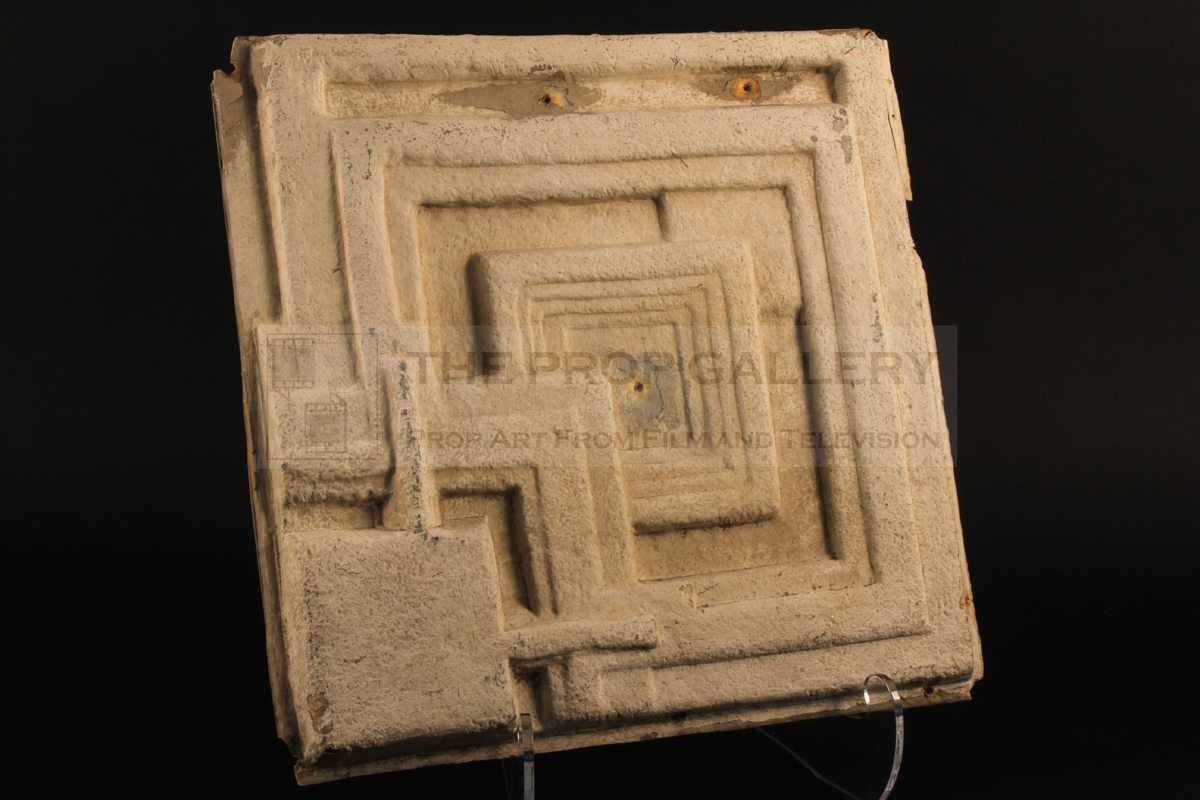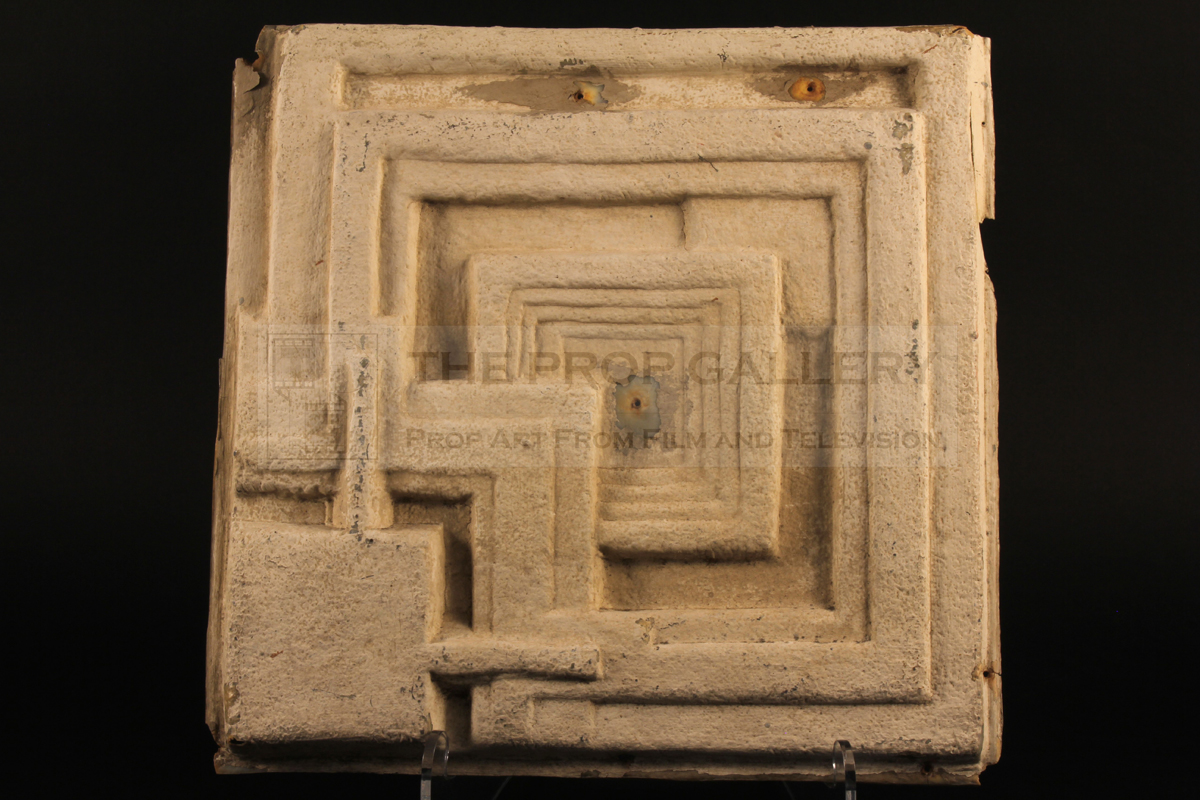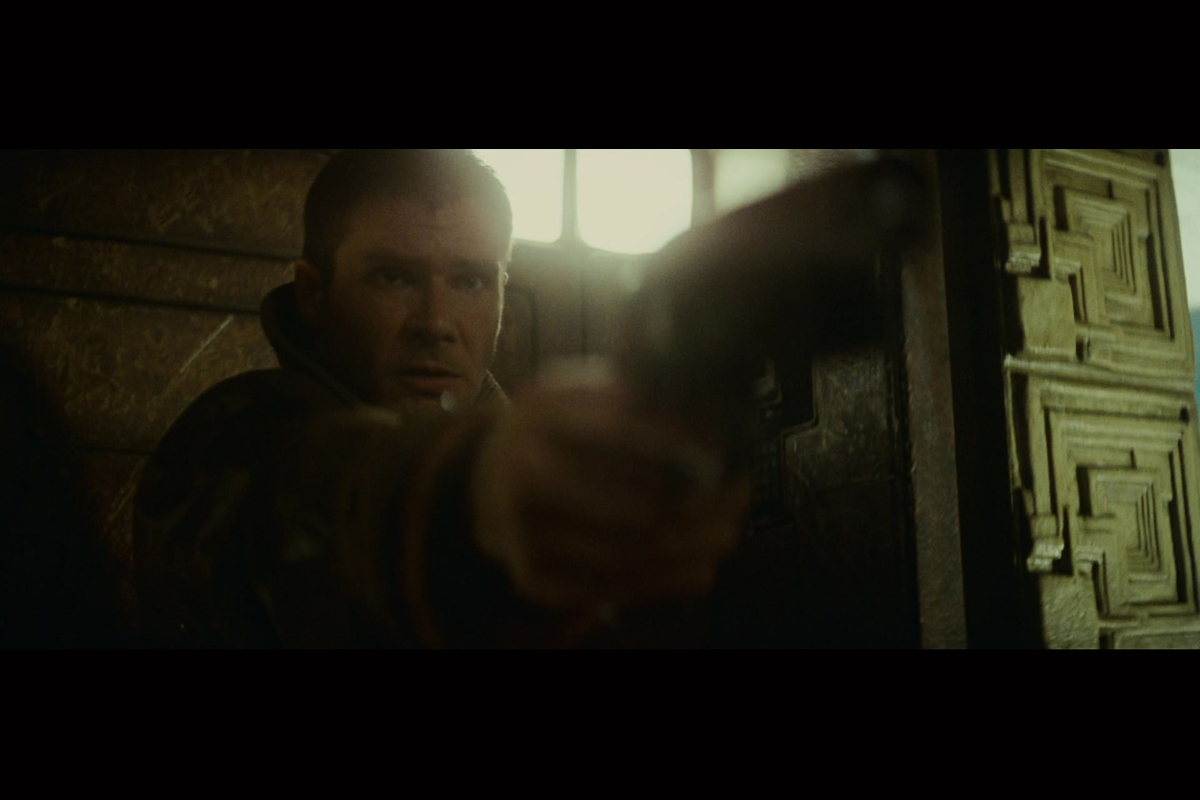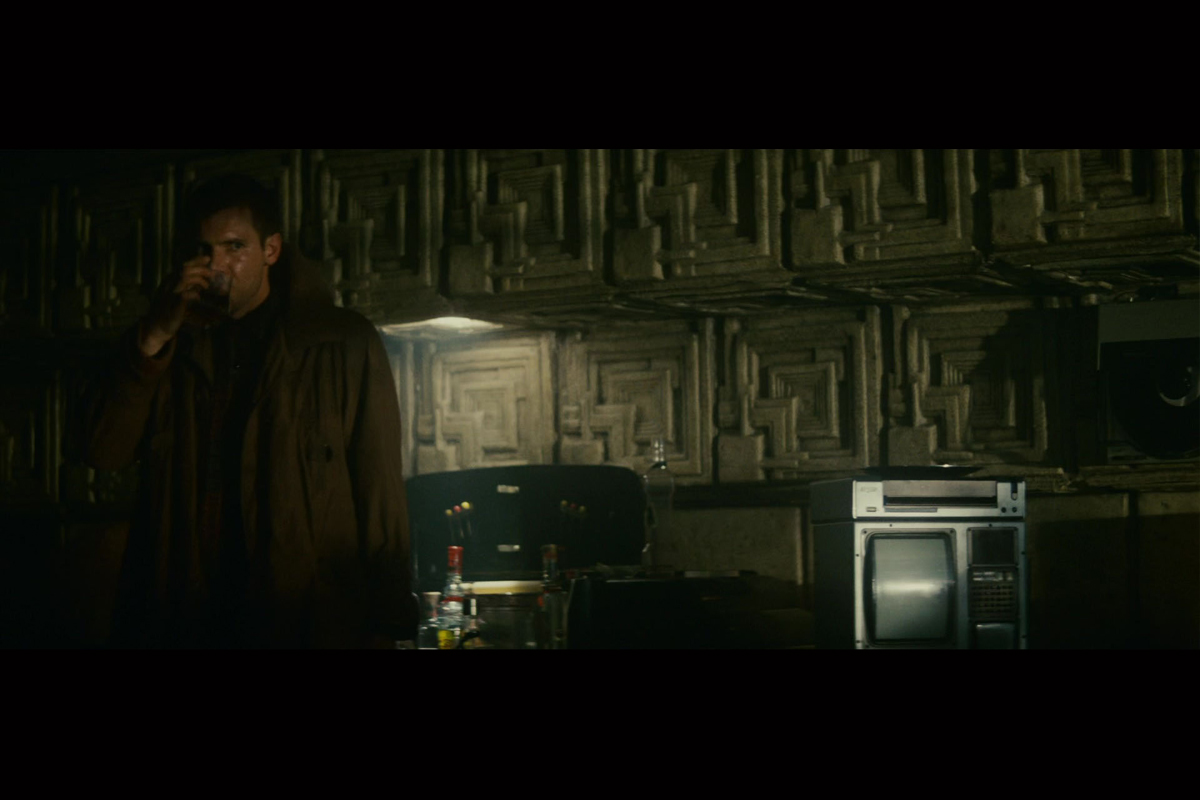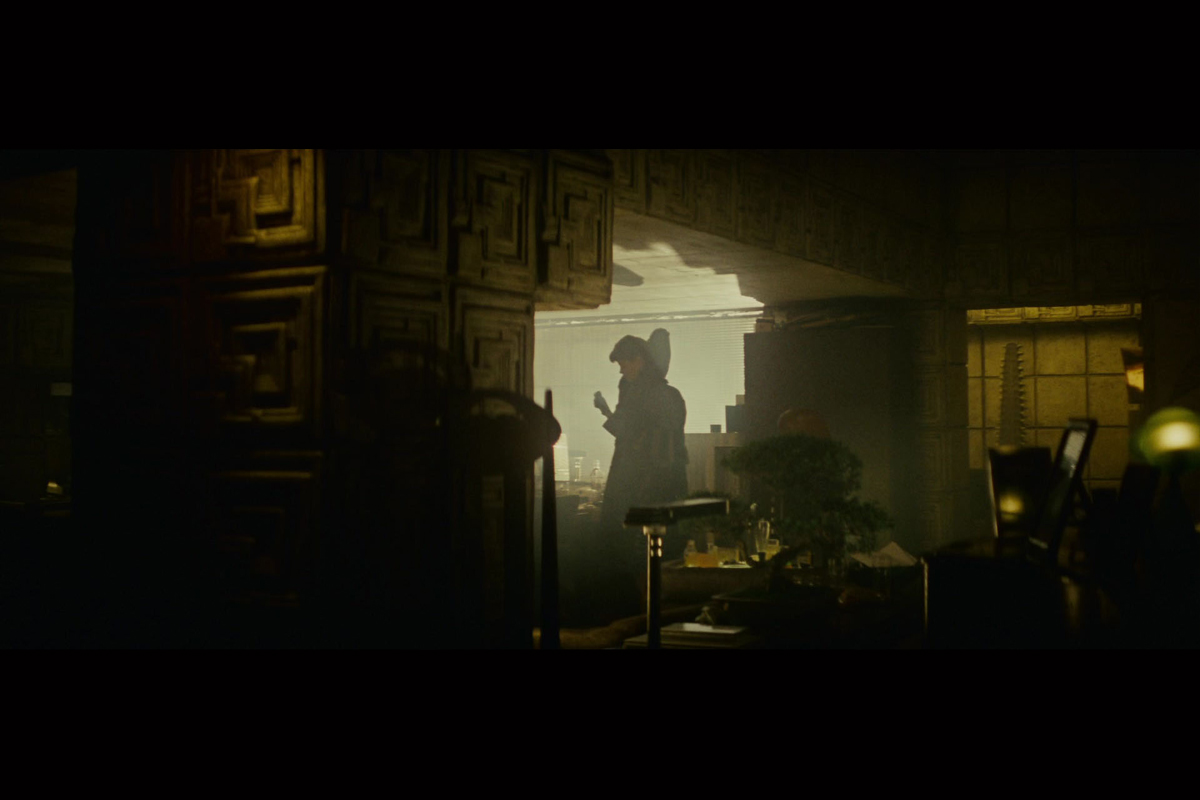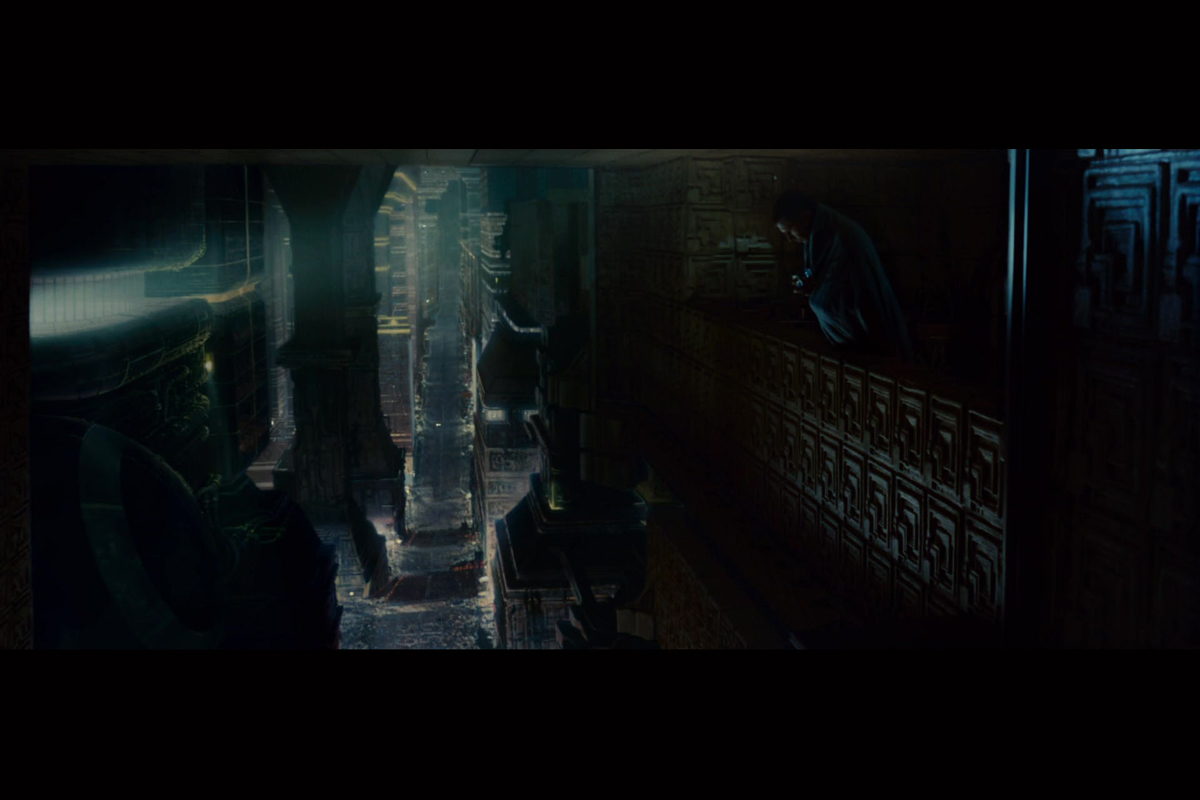Blade Runner (1982) - Rick Deckard (Harrison Ford) apartment tile
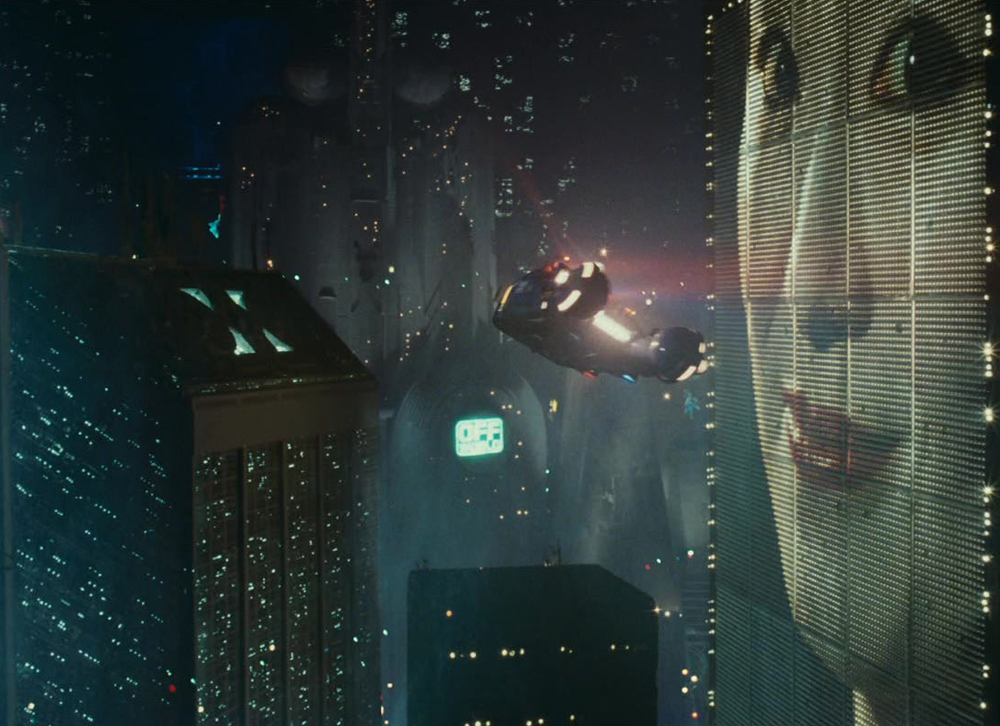 Blade Runner is a 1982 science fiction film loosely based on Phillip K. Dick's post-apocolyptic novel Do Androids Dream of Electric Sheep? (1968). Directed by Ridley Scott the picture is set in a dystopian Los Angeles in the year 2019 and stars Harrison Ford as Rick Deckard, a retired policeman or 'blade runner' whose job was to trace and retire replicants, bio-engineered beings almost identical to humans created by the Tyrell Corporation to work on off-world colonies who are not permitted on Earth. Deckard is forced out of retirement for one last assignment, to retire four replicants including the superhuman and dangerous Nexus-6 model Roy Batty who is given an extremely memorable portrayal by the late Rutger Hauer. Further support comes from Sean Young who stars as Rachael, a replicant with whom Deckard falls in love, Daryl Hannah as Pris, a pleasure model who is Batty's girlfriend and Joanna Cassidy as Zhora. Upon its release Blade Runner was misunderstood, it received mixed reviews from critics and was not a commercial sucess at the box office however it quickly developed a cult following and today is widely regarded as one of the most significant and influential films of the science fiction genre. Thirty-five years after its release Harrison Ford reprised his role as Rick Deckard for the sequel Blade Runner 2049, co-starring Ryan Gosling and directed by Denis Villeneuve the picture was a box office disappointment but was largely well received by critics and cinemagoers alike winning two Academy Awards.
Blade Runner is a 1982 science fiction film loosely based on Phillip K. Dick's post-apocolyptic novel Do Androids Dream of Electric Sheep? (1968). Directed by Ridley Scott the picture is set in a dystopian Los Angeles in the year 2019 and stars Harrison Ford as Rick Deckard, a retired policeman or 'blade runner' whose job was to trace and retire replicants, bio-engineered beings almost identical to humans created by the Tyrell Corporation to work on off-world colonies who are not permitted on Earth. Deckard is forced out of retirement for one last assignment, to retire four replicants including the superhuman and dangerous Nexus-6 model Roy Batty who is given an extremely memorable portrayal by the late Rutger Hauer. Further support comes from Sean Young who stars as Rachael, a replicant with whom Deckard falls in love, Daryl Hannah as Pris, a pleasure model who is Batty's girlfriend and Joanna Cassidy as Zhora. Upon its release Blade Runner was misunderstood, it received mixed reviews from critics and was not a commercial sucess at the box office however it quickly developed a cult following and today is widely regarded as one of the most significant and influential films of the science fiction genre. Thirty-five years after its release Harrison Ford reprised his role as Rick Deckard for the sequel Blade Runner 2049, co-starring Ryan Gosling and directed by Denis Villeneuve the picture was a box office disappointment but was largely well received by critics and cinemagoers alike winning two Academy Awards.
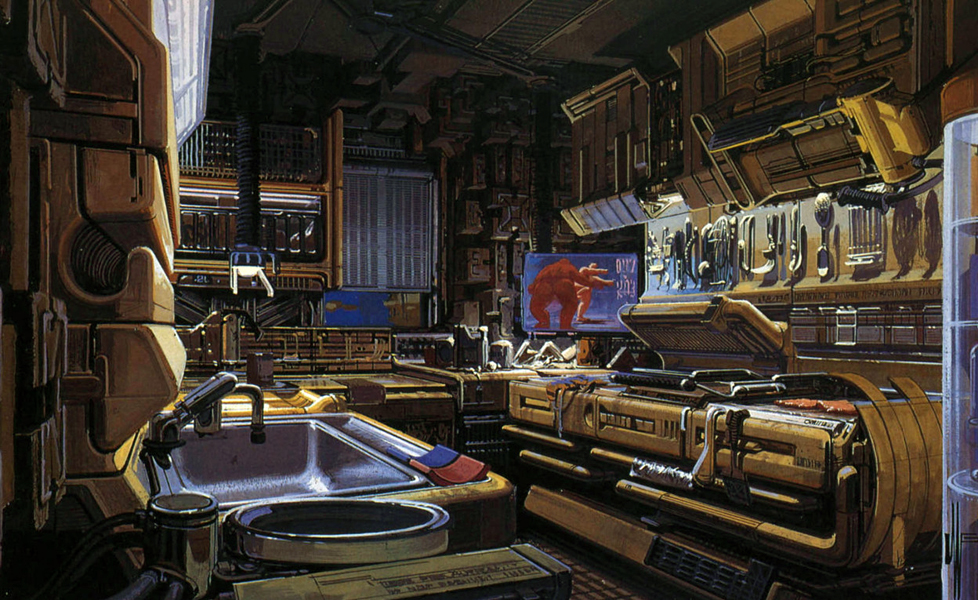 A key element of Blade Runner is the production design much of which can be attributed to noted conceptual artist Syd Mead, this futuristic and dark vision was beautifully realised on screen by Lawrence G. Paull and art director David Snyder who both received Academy Award nominations for their work, this coupled with outstanding special visual effects created a memorable world which continues to influence the science fiction genre decades later. The atmospheric apartment in which Rick Deckard resides is another memorable aspect of the picture, this was heavily inspired by the distinctive Ennis House located in Los Angeles which was designed by legendary American architect Frank Lloyd Wright and built in 1924, the design of the textured patterned blocks from which the house is constructed being borrowed by Charles William Breen who designed the apartment interior from a concept by Syd Mead.
A key element of Blade Runner is the production design much of which can be attributed to noted conceptual artist Syd Mead, this futuristic and dark vision was beautifully realised on screen by Lawrence G. Paull and art director David Snyder who both received Academy Award nominations for their work, this coupled with outstanding special visual effects created a memorable world which continues to influence the science fiction genre decades later. The atmospheric apartment in which Rick Deckard resides is another memorable aspect of the picture, this was heavily inspired by the distinctive Ennis House located in Los Angeles which was designed by legendary American architect Frank Lloyd Wright and built in 1924, the design of the textured patterned blocks from which the house is constructed being borrowed by Charles William Breen who designed the apartment interior from a concept by Syd Mead.
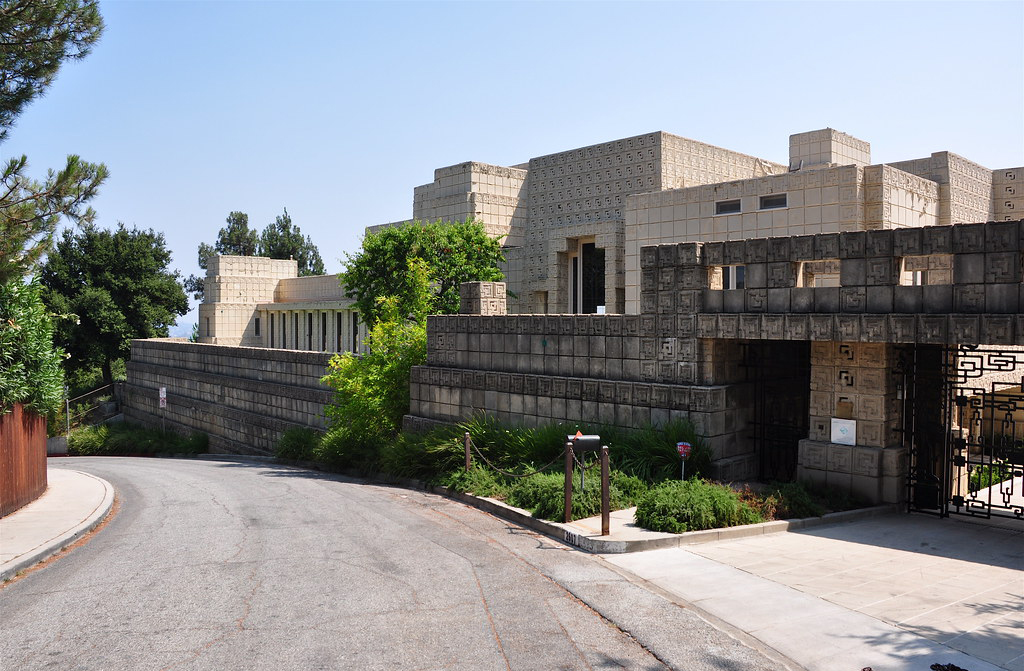 The only appearance of the actual Ennis House in the movie is as Deckard arrives at home, this shot combined exteriors filmed on location with a matte painting used to complete the skyline. All of the apartment interiors were filmed on a set built at at the Warner Bros. Burbank Studios, to achieve this the production team took moulds from the patterned blocks of the Ennis House and reproduced them as tiles which were vacuum formed in plastic and painted, these were then attached to the walls of the set with the fixing points and joints covered using filler. This tile is an original used on screen in Rick Deckard's apartment, a number of the holes made by the fixings are clearly visible as is the remains of the filler used to conceal them. Despite the dark and atmospheric studio lighting the fixing points can clearly be picked out on screen in several shots as can various tells and defects which are part of the textured moulding.
The only appearance of the actual Ennis House in the movie is as Deckard arrives at home, this shot combined exteriors filmed on location with a matte painting used to complete the skyline. All of the apartment interiors were filmed on a set built at at the Warner Bros. Burbank Studios, to achieve this the production team took moulds from the patterned blocks of the Ennis House and reproduced them as tiles which were vacuum formed in plastic and painted, these were then attached to the walls of the set with the fixing points and joints covered using filler. This tile is an original used on screen in Rick Deckard's apartment, a number of the holes made by the fixings are clearly visible as is the remains of the filler used to conceal them. Despite the dark and atmospheric studio lighting the fixing points can clearly be picked out on screen in several shots as can various tells and defects which are part of the textured moulding.
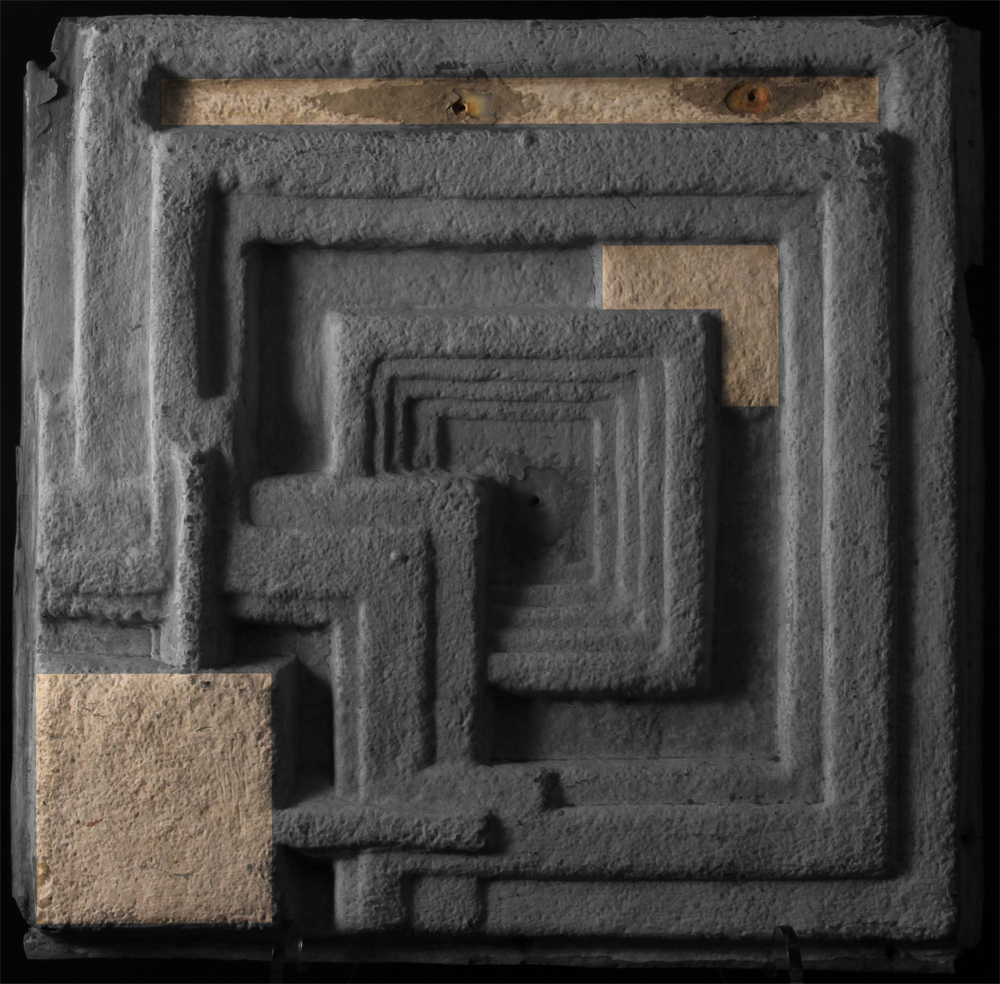
Although such tiles are used in other productions, notably The Rocketeer (1991), the specifics of the patterns design are often overlooked, even by those attempting to produce replicas. Three key points of the design are the square located on the bottom corner, the shape on the middle groove and the recessed groove along the top of the tile, as highlighted in this image. Examples seen in other productions and replicas often feature the recessed top groove to the right hand side which is incorrect to the design, the combination highlighted here is the only one seen on the interior apartment set in Blade Runner. This represents an extremely displayable and recognisable artefact from this highly regarded and influential classic of the science fiction genre.

